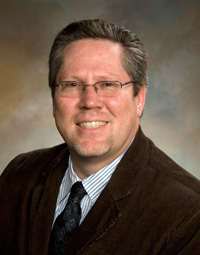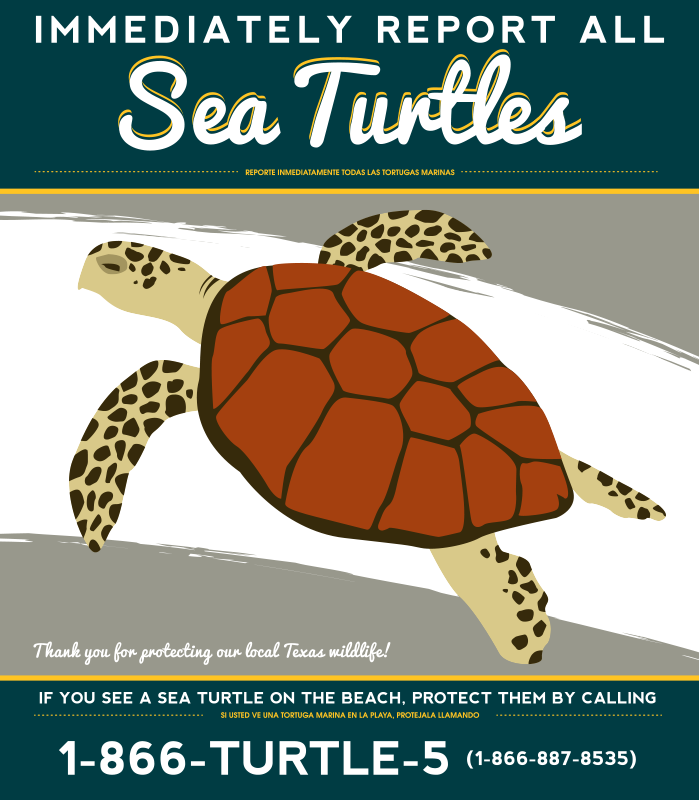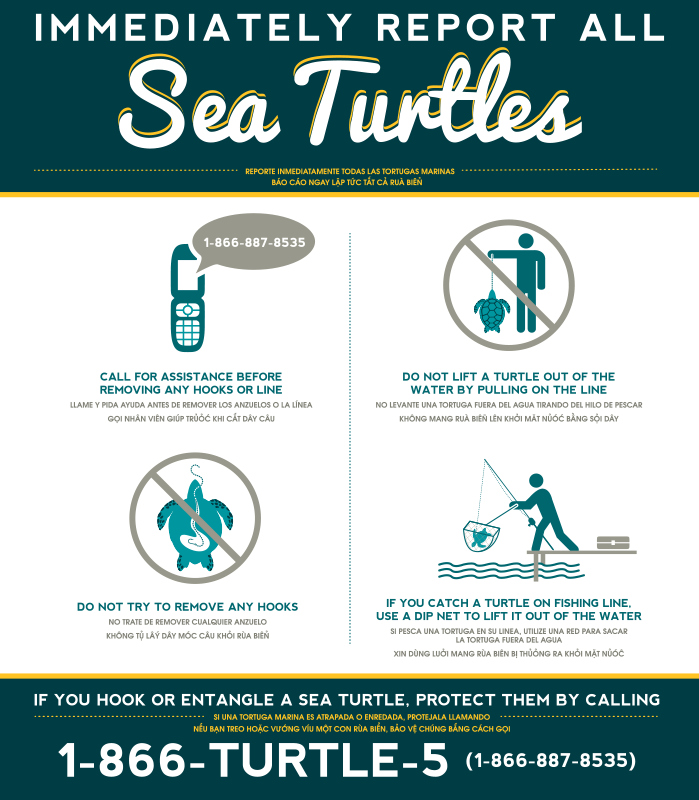Sea Turtle Experience

Christopher D. Marshall, Ph.D.
Principle Investigator of Sea Aggie Sea Turtle Patrol
Email: marshallc@tamug.edu
Phone: (409) 740-4884
Website: www.tamug.edu/marshall/
My sea turtle experience extends back 20+ years and includes work in Florida, Mexico, Japan, and Qatar. My experience includes nesting beaches, in-water netting and rodeo methods, and work with captive sea turtles. My first paid job as a biologist involved sea turtles in Florida in 1991. During my M.S. graduate work I was a field biologist for the Broward County Sea Turtle Program. My duties included surveying nesting beaches from the Port Everglades inlet (southeast Florida) north to Pompano beach. Surveys began at sunrise and ATVs were used to count the number of turtle crawls, nests and false crawls. When a crawl was found, I located the nest chamber and identified the species (loggerhead, green and leatherbacks) based on the crawl size and pattern, as well as the type and size of nest. I would then dig out the nest, remove and count the eggs and transport them to a private dark beach or to enclosed cages. Occasionally I would assist in re-burying nests as well as hatchling releases.
As an Assistant Professor at Texas A&M University I was funded by NOAA (2005-2006) to conduct research on sea turtle-fisheries interactions. I investigated the ontogeny of bite force in loggerheads in the context of longline fisheries. This work initially began at the NOAA Galveston Sea Turtle facility. I hypothesized that increased bite force would explain why oceanic loggerheads disproportionately become hooked in longlines. Despite claims of a strong bite, no bite force measurements had ever been collected. I set out to measure bite force on all size classes of loggerheads (and eventually other species) and how they manipulated fishery hooks. As part of this work, feeding experiments were conducted in which highspeed video was collected of loggerheads feeding on several types of longline hooks (turtle safe) and different bait. This work was part of my graduate student Alejandra Guzman’s M.S. thesis.
I received further funding (2006-2007) by a joint program with Texas A&M and CONACyT to continue our loggerhead work in Mexico. My collaborators included Dr. Axa Rocha from CICESE in Ensendada, a non-profit group Aquatic Adventures directed by Shara Fisler in San Diego (now the Ocean Discovery Institute; http://oceandiscoveryinstitute.org) and Dr. John Wang from the Pacific Islands Fisheries Science Center. We conducted in-water net work at Bahia de los Angeles (Sea of Cortez), and with green sea turtles at Punta Abreojos on the Pacific side of the peninsula. The main goal was to test different methods of reducing bycatch using gill nets as a model for longlines. I used the opportunity to collect bite force measurements from loggerhead and green sea turtles.
In 2009, I received funding via a University of Tokyo Visiting Professorship to work with large loggerheads in Otsuchi, Japan on the Pacific coastline. In addition to bite force measures, this work included animal husbandry, flipper and satellite tagging, the collection of morphometrics and mass, and subsequent release of these turtles back in Japanese waters and radio-tracking of sea turtles. I participated in all components of my collaborator Dr. Katsufumi Sato’s sea turtle program.
Currently (2013-2016) I am conducting a sea turtle conservation program in the middle-east country of Qatar in collaboration with Dr. Mehsin Al Ansi and Qatar University. This work involves surveying nesting beaches and in-water work. We have been using the rodeo method to capture hawksbill and green sea turtles. All turtle captures involve attaching flipper tags, PIT tags, satellite tags, a comprehensive morphometrics protocol, and the collection of tissues and blood for stable isotope analysis, genetics, and basic hematocrit and plasma protein levels as part of a health assessment and toxicology study. We are using satellite data in a Bayesian Space-State model to determine movement, behavior, and habitat use by sea turtles in the Arabian Gulf. When deceased stranded sea turtles are found, we conduct necropsies and collect stomach samples and tissues for toxicology. Hawksbills are the predominate species nesting in Qatar. After nesting, eggs are counted, transported to a caged area and nests monitored until hatching. A subset of hatchlings are measured and weighed before release. A major component of the grant is the training of local biologists in all aspects of sea turtle biology, which I have been conducting.
Ongoing work with the NOAA Sea Turtle Facility (with Ben Higgins) and the Houston Zoo (with Dr. Joe Fannigan) is being conducted on the physiology of feeding in loggerhead sea turtles and other sea turtle species. Additional captive feeding experiments and foraging work in the field is planned in Texas.


